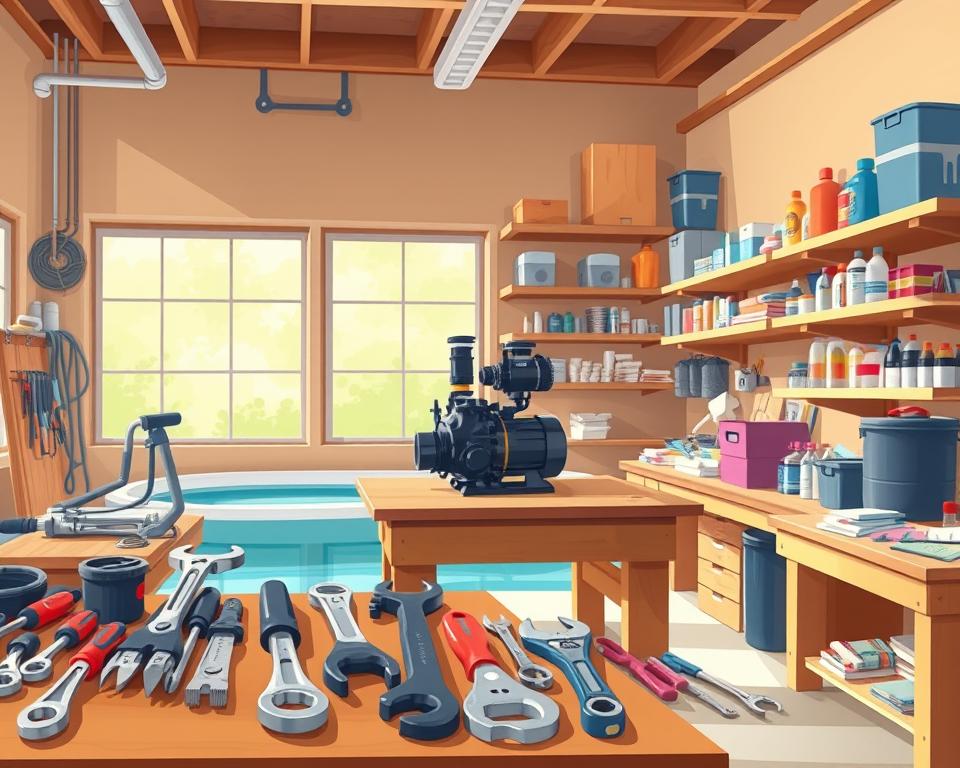Singapore Personalized Cakes Online – Order Now
Do you wonder how one cake turns a little occasion into a lasting memory? You’re after a show-stopping cake that tastes as good as it looks. With My Bake Studio, the choice becomes simple and joyful.
Choose a cake with personalised design and straightforward options for flavour, size, and finish. The shop lets you add details like edible photos or toppers so the piece matches your theme.
Enjoy quick delivery with timely updates so the customised cake seller reaches you fresh on your chosen date. Be it a small family gathering or a large corporate event, choose the size that suits your plans.
Order with certainty: every cake is prepared fresh to meet your needs and delivered with care. Start your order and focus on the celebration.
Discover My Bake Studio: Your Go-To for Custom Cakes Delivered to Your Doorstep
Picking the perfect cake ought to be quick and fun. Quickly choose flavour, size, and a style that fits your theme. The process is simple with transparent delivery timing.
Clear steps, transparent pricing, and friendly assistance. For birthdays through rehearsal dinners, we bake fresh with care for taste and look. You’ll get fast confirmations and a clear schedule for cake delivery.

What sets our customised cakes apart
- Expert decorators craft your ideas into refined designs with careful detail.
- Go with trending looks or ask for a custom cake for weddings, events, or any celebration.
- Include cupcakes or matching bites to create a dessert table that tastes as good as it looks.
Online Customised Cakes in Singapore
Choose a cake that reflects your taste and the event mood. You can mix flavors, fillings, and finishes to create something special for any occasion.
Begin with your favourite sponge and filling, then select buttercream, fondant, or semi-naked finishes. Leverage our design panel to refine colours, piping, or metallic touches.
Sizes & tiers for birthdays, weddings, and beyond
Select practical sizes for birthdays, baby events, or small wedding receptions. Servings per tier are listed so you can match portions to guest count.
Extras: cupcakes, toppers, edible photos
- Create a cohesive dessert set with cupcakes, macarons, or matching minis.
- Add toppers, edible photos, or logos to mirror your event theme.
- Choose multi-tier forms for formal events; our team will advise on balance and servings.
Dietary and ingredient preferences to match your taste
Tell us your needs—reduced sugar, allergens to avoid, or special ingredients to include. Set a lead time in business hours so we can confirm availability and schedule baking to meet your timeline.
Finalize flavor to finishing touches in one easy form and we’ll deliver a polished cake that looks great and tastes even better.
How to Order Cakes and Set Delivery in Singapore
Placing your cake order should be quick, clear, and fit your schedule. We make ordering smooth with reliable delivery across Singapore and helpful team support.
Simple steps from design to secure checkout
Start by choosing a cake and adding design notes for messages or toppers. Input address, preferred date, and access info, then complete secure payment.
Delivery choices: standard, same-day & time-window
Pick standard delivery, same-day when available, or a specific time slot to match your event. For urgent requests call during business hours and our team will confirm feasibility.
Pickup or doorstep delivery: pick what suits your day
Prefer pickup? Pick store collection at checkout and we’ll advise on safe transport. Prefer convenience? Go for doorstep delivery and we’ll manage insulated transport.
“We monitor your order and send timely updates so you’ll know when your cake arrives.”
- Choose design, size, and notes prior to checkout.
- Choose delivery or collection and set the delivery time.
- Confirm your address, contact details, and access instructions.
- Get baking and delivery updates right up to arrival.
Cakes for Every Occasion: Birthdays, Anniversaries, Weddings, and Beyond
Every milestone deserves a cake that matches the moment and sparks joy. My Bake Studio crafts occasion-ready cakes—from birthdays to weddings—with thoughtful designs and reliable timelines.
Create unforgettable birthdays with a cake tailored to your theme. Pick cartoon motifs, floral textures, or minimalist elegance for a striking centerpiece.
For big milestones, go for tall tiers or bold designs to serve more and look great in pictures.
Wedding and engagement designs
Our wedding/engagement options match your palette and venue. From modern monograms to sugar florals, each design is made to taste and presentation needs.
Cakes for baby showers and reveals
Create a sweet reveal using a simple exterior and coloured filling. A small touch that creates a big moment for family and friends.
Corporate cakes and branded designs
Corporate events are covered with logo printing, brand colours, and coordinated treats. Let us know timing or dietary requirements and we’ll adapt while preserving flavour and structure.
- We help you pick the right size so your cake fits the room and guest list.
- Browse our customised cake gallery for inspiration, then personalise details to make it yours.
Quality You Can Taste: Ingredients, Care, and Our Team’s Craft
What you taste on the first forkful begins long before the cake reaches your table. Every cake is baked to order with focus on flavour, structure, and clear care notes.
Fresh, made-to-order cakes with premium ingredients
Real butter, ripe fruit, and premium chocolate ensure balanced flavour and light sponge. One decorator finishes each cake so texture and look remain consistent.
Cake care tips from our kitchen to your event
Follow simple steps for transport, chilling, and display to protect finishes and toppers.
- Chill before travel and allow a short rest at room temperature before serving for best taste.
- Shade cakes and cupcakes in warm weather and time delivery to avoid heat.
- Place orders early; our kitchen schedules baking within set hours to guarantee peak freshness on the day you serve.
Need a steady cake delivery or a quick answer about options? Reach out to secure your time slot for birthdays, anniversaries, or any occasion.
Wrap-Up
Secure a standout cake and dependable delivery so your party goes off without a hitch.
Place a custom cake order in minutes with My Bake Studio and confirm delivery to stay on schedule. From classic birthday styles to modern designs, our bakers create treats that taste great and look perfect.
Select delivery in Singapore for doorstep convenience with timely delivery and careful packaging. Book early for peak days, include a short message at checkout, and expect friendly help with sizing or design.
Your Questions Answered
How can I place an order for a personalized cake?
Design your cake by choosing flavours, fillings, size, and finish on our site. Add toppers or edible images, set a delivery or pickup time, then finish secure checkout. If you need help, reach out to our team via chat or phone for real-time assistance.
Which flavors and fillings are available?
You can pick from classics like chocolate, vanilla, and red velvet to specialty options such as matcha and lemon curd. Fillings include buttercream, ganache, fruit compote, and custard. Share allergies or preferences so we can suggest suitable ingredient swaps.
Do you offer single-tier and multi-tier options for events?
We offer single-tier cakes for small groups and multi-tier cakes for weddings and big events. Our size guide lists servings per inch to match portions to your guest count. If you’re not sure, we’ll recommend the best size.
Can I get add-ons like cupcakes and custom toppers with my order?
Yes. Cupcakes, custom toppers, edible images, and themed decor can be added during checkout. These extras let you build a cohesive dessert table for birthdays, anniversaries, or corporate events.
Do you accommodate dietary needs such as nut-free or vegan?
We offer options for dietary requirements, including nut-free, egg-free, and vegan cakes. Share needs at checkout so we can use proper ingredients and minimise cross-contamination where possible.
Which delivery options and windows are available?
Choose from standard delivery, same-day delivery when available, or specific time-window delivery for precise arrival. Costs and availability vary by time and area. Tracking and updates are provided once your order ships.
Is store pickup available?
Yes, choose pickup during checkout. Pickups are available during our collection hours; we’ll hold your cake safely until you arrive. It’s a good choice if you want to control timing.
How early should I book a custom cake?
For complex designs and larger orders, book at least 2–4 weeks ahead. Simpler cakes and standard flavors often allow shorter lead times, but weekend slots fill quickly, so earlier is better.
Do you handle last-minute birthday or event cakes?
Same-day or next-day options may be available depending on demand and complexity. Check the same-day option at checkout or reach out to confirm availability for urgent needs.
What’s the best way to store and transport my cake?
Refrigerate cakes with perishable fillings or cream; keep fondant/buttercream-only cakes in a cool, dry place. Use a flat surface and avoid sudden stops while transporting. We include care instructions with every order to help the cake arrive in perfect condition.
Can you create corporate or branded cakes with logos?
Yes, we create custom logo cakes and branded desserts for corporate events. Share a high-resolution logo and brand guides so we can match colours and style.
How do cancellations and refunds work?
Cancellation and refund terms vary by order size and lead time. For details, review the policy at checkout or contact support. We strive to resolve issues quickly and offer alternatives when possible.
How do you keep cakes fresh and high quality?
We bake to order with fresh ingredients. Our bakers follow strict preparation and storage practices to maintain flavor and texture. Orders are carefully packed to protect shape and decoration.
Do you offer tastings before large orders?
Tastings are available for wedding cakes and larger events by appointment. Book a session to sample flavours and discuss design options for confidence in your choice.
Who do I contact if there’s an issue with my order at delivery?
Get in touch with support immediately and provide your order number with details. We’ll assess the situation and offer a replacement, refund, or other solution based on the issue and our policy.
How can I send design details or references?
Upload reference images and design notes during the design stage on the order page. You can also email or message our team after ordering to share additional files or clarify details.
Are seasonal flavours and limited-time designs available?
Yes, seasonal flavours and special designs are offered for holidays and events. See the promotions page or subscribe for updates on limited-time items.









